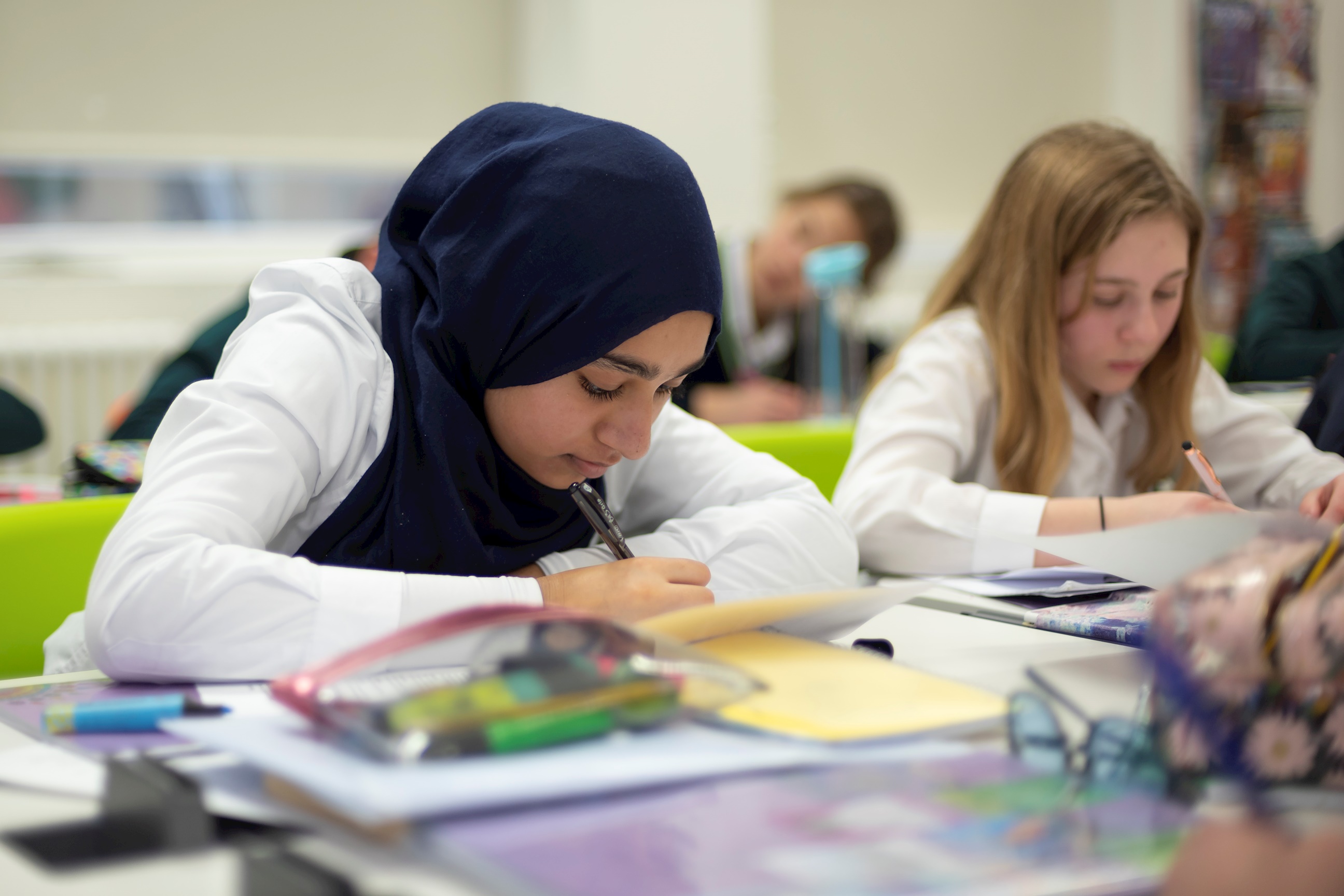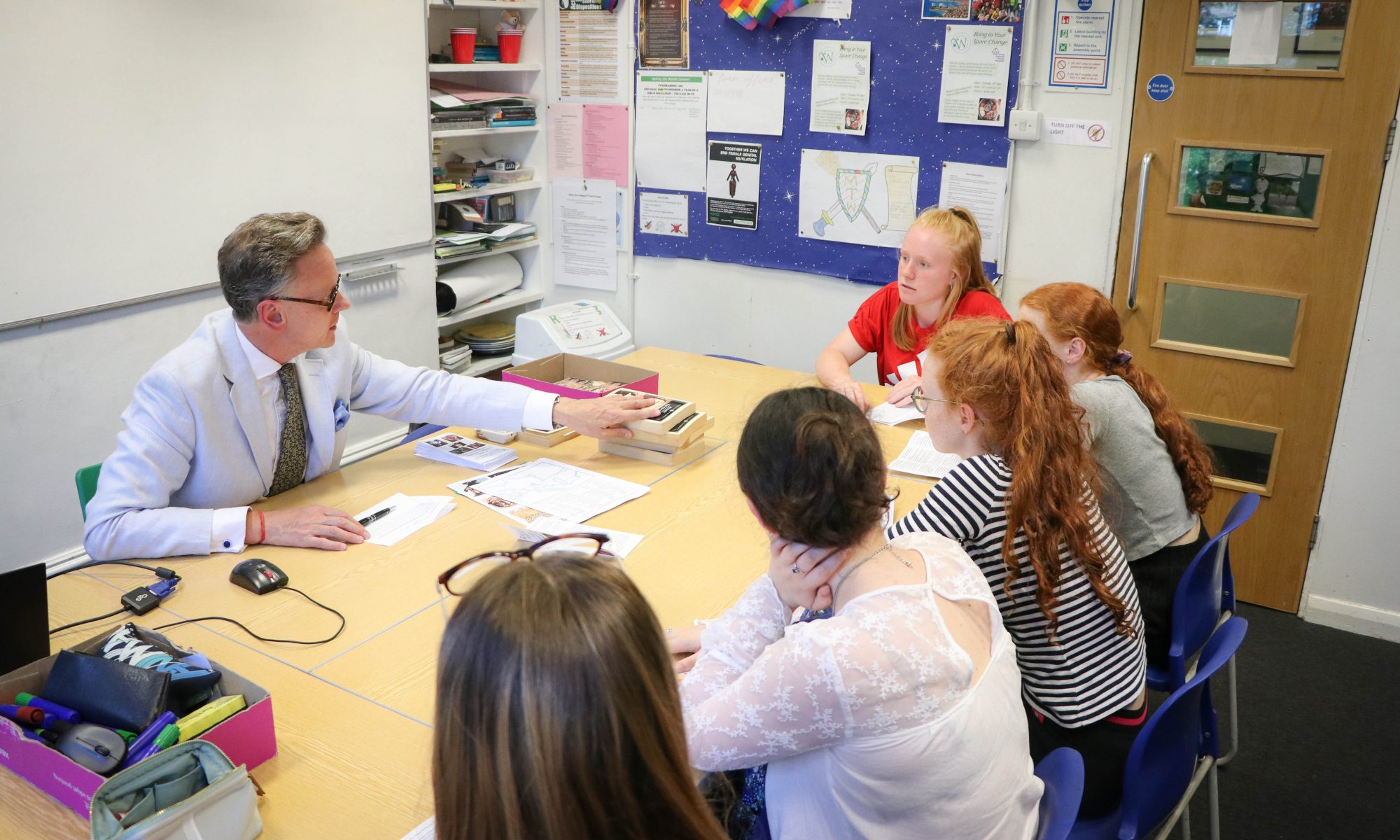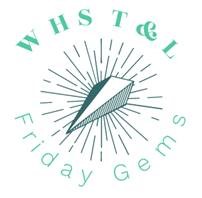Autumn Focus: Metacognition – students driving their own learning through reflection
Teaching and learning Gem #26 – using Teams conversation space for student self-reflection and visible improvement on prior learning
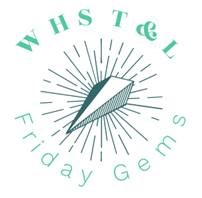
This Friday Gem comes from Andrea Croucher, Claire Baty and Suzy Pett, who all tried out this idea with their classes over the past two weeks.
- Students start a ‘New Conversation’ in the general channel, writing down what they already know about a topic/answering a question.
- At the end of the lesson – or a later lesson – students review and reflect on what they have written. They hit ‘reply’ and directly below their first comment they write a new comment, either thinking about how their learning has progressed, or improving upon their original answer.
- You could use star emojis for students to rate how much their learning/understanding has developed.
This is effective because is because students are thinking explicitly about their learning:
- Recalling prior knowledge is an important metacognitive skill.
- Students evaluating their original understanding at a later point makes it clear to them what new learning has happened.
- Students having a conversation with themselves allows them visibly to see their progress.
- Thinking about what they still don’t understand or what they want to follow up allows them to drive their own learning and understand themselves better as learners.
Example from Andrea’s Year 10 RS lesson about Jewish beliefs and the nature of God. Students responded to an initial starter question. Then, next lesson, they reviewed what they had put and added to it with their new learning:

Example from Suzy’s lesson. Year 12 English students wrote down their initial understanding of what modernism means, and then after completing an independent project, reflected on how much their understanding had developed using star emojis. They thought about what they found particularly interesting, and what they would like to pursue further:
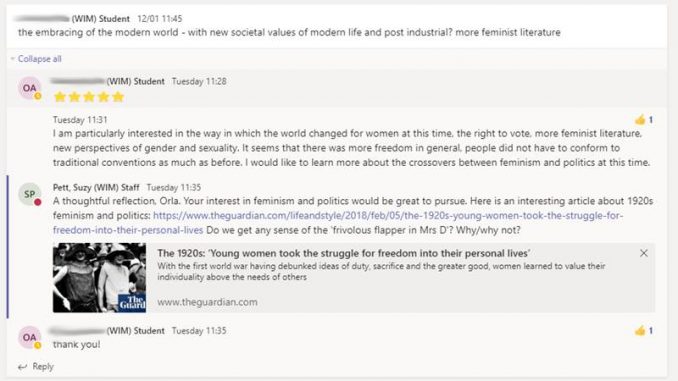
Example from Claire’s Year 8 French class. They wrote a sentence about where they live as a starter, and then improved at the end of the lesson:


